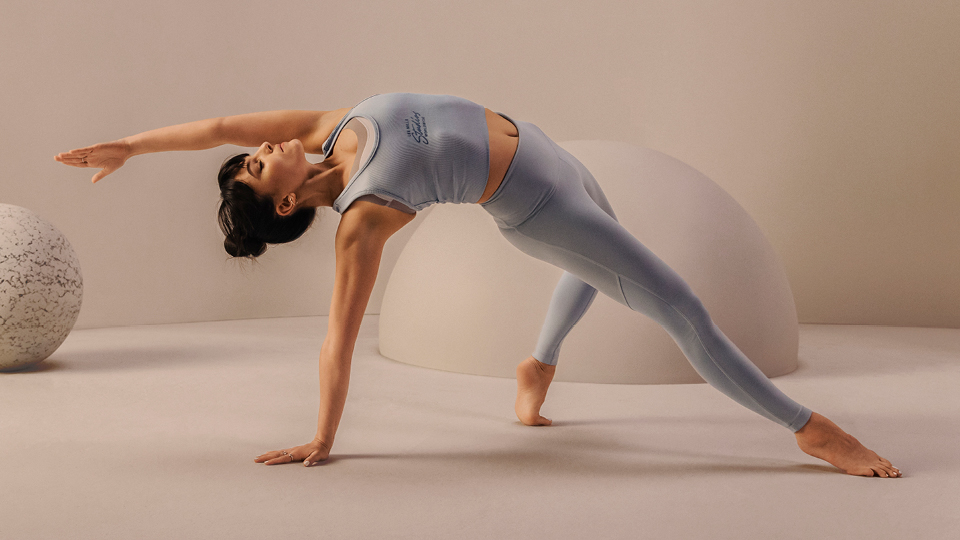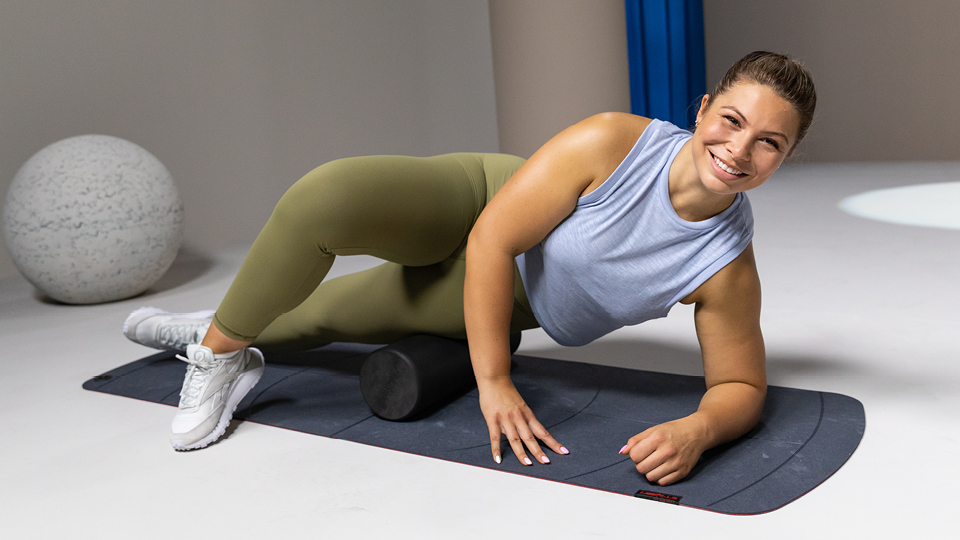Recovery is a critical part of any exercise regime. You can spend hours running, jumping, lifting and sweating, but if don’t also dedicate time for adequate recovery, you won’t get the results you deserve. When your body is in a state of recovery, it stimulates the positive physiological response that makes you better, fitter, and stronger. The number one recovery rule is to make sure you have one full day of rest each week – but you can also add these helpful hacks into the mix …
#1 Turn off the lights
Even the dimmest light can sabotage your sleep, which means sleeping with nightlights or letting streetlights sneak in through blinds is a no-no when it comes to optimizing recovery. New findings suggest your brain knows the lights are on even you're your eyes are shut. And even the dimmest amount of light can significantly impair cardiometabolic function. With just one night of dim light exposure, nighttime heart rate increases, the next-morning insulin resistance increases and there is a decrease in heart rate variability (HRV). HRV is the measure of time variability between heartbeats, and a very slight variability is actually a good thing. This variability indicates that your body is responsive to your physiological demands – which puts you in the optimal recovery state.

#2 Bend, stretch and breathe at night
Another good way to nurture good recovery patterns and balance your parasympathetic and sympathetic nervous systems is with yoga, meditation and mindfulness. A recent study has highlighted a raft of benefits that come from a pre-bedtime 20-30 minute sequence of stretches and 10-minute meditation (based on the BODYBALANCE™ program). After just six evening sessions over two weeks, study participants had remarkably improved HRV levels – which means their parasympathetic and sympathetic nervous systems were in a better state of balance. They also enjoyed improved sleep quality, confidence, motivation, as well as reduced anxiety, tension, and sadness.
#3 Grab a foam roller
Adding a short session with a foam roller either before or after your workout can help decrease DOMS (delayed onset muscle soreness) and ease the peripheral fatigue that comes from exhausting specific muscular units. When DOMS is more manageable, recovery can be more efficient. Using a foam roller before training can also increase your range of motion, which can help decrease the chances of injury. If you’re keen to learn more about foam rolling, discover these top foam rolling tips.
SEE NEW FOAM ROLLING SESSIONS ON LES MILLS+
Don’t have a foam roller? Check out the new range of Les Mills Essentials accessories.

#4 Make time for massage
While thousands of professional athletes and ardent exercisers are advocates of regular massage therapy, there is surprisingly little evidence to show that massage helps muscles recover from peripheral fatigue. But that doesn't mean it’s a waste of time. The benefits of massage run deeper – reaching right into your central nervous system. Regular massage is shown to increase your perceived pain threshold, which allows us to train harder and recover quicker. And importantly, it increases feelings of relaxation – which is fundamental to recovery.
#5 Wear compression gear
Although there’s little evidence that wearing compression garments while working out will improve athletic performance, science does show that wearing compression garments for up to 24 hours after exercise can speed up recovery and decrease feelings of soreness. The benefits of compression clothing are most significant for those who do strength training and train multiple times per week.
Discover more about the science of recovery and recovery techniques.








